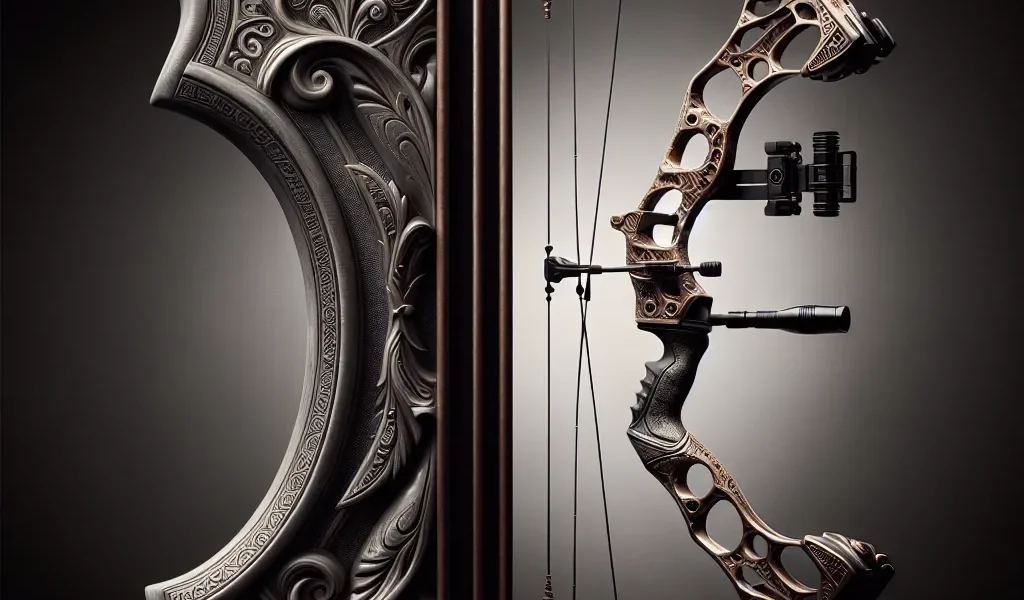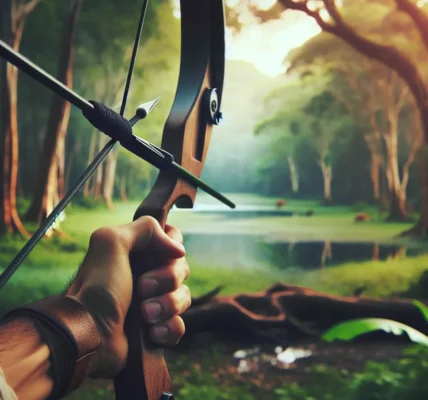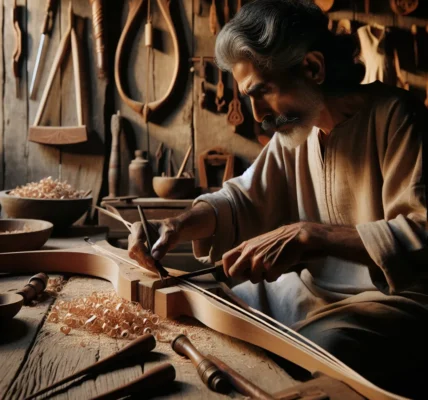The History of Traditional Bows
The history of traditional bows is a fascinating journey through time, reflecting the evolution of human culture and technology. Tracing back to ancient civilizations, traditional bows have played a crucial role in hunting, warfare, and cultural rituals. In early societies, bows were crafted from natural materials such as wood, bone, and animal sinew, reflecting the ingenuity and resourcefulness of our ancestors.
Traditional bows have been utilized by various cultures around the world, each with its own unique design and construction methods. From the longbows of the English archers to the recurve bows of the Mongolian horsemen, these weapons have shaped the course of history, influencing battles and conquests.
As time progressed, the craftsmanship of traditional bows evolved, incorporating advancements in materials and construction techniques. The transition from self bows to composite bows marked a significant leap in bow technology, resulting in more powerful and efficient weapons. The incorporation of horn, sinew, and wood laminations allowed for the creation of bows with superior performance and durability.
Today, traditional bows continue to thrive, cherished by enthusiasts and practitioners of traditional archery. The timeless appeal of these bows resonates with contemporary archers, offering a deep connection to our ancient heritage and a sense of fulfillment in mastering a historical craft.
Understanding the rich history of traditional bows provides valuable insights into the cultural significance and technological innovation that have shaped these iconic weapons. By delving into the past, we gain a deeper appreciation for the artistry and functionality of traditional bows, bridging the gap between ancient traditions and modern pursuits.
Evolution of Modern Bow Technology
Evolution of modern bow technology has revolutionized the world of archery, offering unprecedented precision, power, and efficiency. Traditional bows, such as the longbow and recurve bow, have a rich history rooted in ancient warfare and hunting. However, the development of modern compound bows has significantly transformed the dynamics of archery.
Modern bows incorporate cutting-edge materials such as carbon fiber, aluminum, and high-tech synthetic strings to enhance performance and durability. The introduction of pulley or cam systems has allowed for increased draw weights and let-off, enabling archers to hold the bow at full draw with reduced exertion.
Furthermore, the integration of accessories like sight pins, stabilizers, and arrow rests has fine-tuned the aiming process, contributing to unparalleled accuracy. The evolution of bow technology has also led to the emergence of crossbows, blending traditional principles with modern engineering for enhanced power and user-friendliness.
Understanding the evolution of modern bow technology provides insight into the meticulous craftsmanship and engineering that drives contemporary archery, positioning it as a dynamic and thrilling sport enjoyed by enthusiasts worldwide.
Archery Techniques: Then and Now
Archery techniques have evolved significantly over the centuries, as traditional and modern bows have been used by people for hunting, sport, and warfare. In ancient times, archery techniques were passed down through oral tradition and practice, with a strong emphasis on instinctive shooting and intuitive aiming. Traditional archers relied on finely tuned senses and muscle memory to accurately hit their targets. In contrast, modern archery techniques have been greatly influenced by advancements in technology, leading to the development of more precise aiming methods and sophisticated equipment.
One of the key differences between traditional and modern archery techniques lies in the use of sights. Traditional bows, such as the longbow or the recurve bow, typically do not have sights, requiring archers to rely on their instinct and experience to aim accurately. In modern archery, bows are often equipped with sights, which help archers aim more precisely by providing reference points for targeting.
Furthermore, the introduction of mechanical release aids in modern archery has revolutionized the way archers release the bowstring. Traditional archery techniques focused on using fingers to draw and release the bowstring, while modern techniques often involve the use of mechanical release aids, providing a more consistent and controlled release, which can greatly improve accuracy.
Despite these advancements, many archers still value and practice traditional techniques, appreciating the simplicity and challenge they offer. Whether pursuing traditional or modern archery techniques, both approaches require dedication, focus, and skill to master the art of archery.
Unearthing the Craftsmanship Behind Traditional and Modern Bows
Unveiling the Secrets of Traditional and Modern Bows is an exploration of the craftsmanship behind these timeless weapons. Traditional bows, such as the longbow and recurve bow, are steeped in history and crafted using age-old techniques passed down through generations. The process of creating traditional bows involves selecting the right wood, shaping it with precision, and carefully stringing it for optimal performance. On the other hand, modern bows, including compound bows and crossbows, integrate cutting-edge materials and technology to enhance accuracy and power.
The craftsmanship behind traditional bows requires a deep understanding of wood selection, as different woods offer varying levels of flexibility and strength. Master bowyers meticulously shape the wood to achieve the perfect curvature, ensuring that the bow will deliver maximum energy to the arrow upon release. Conversely, modern bows often feature advanced materials such as carbon fiber and fiberglass, which provide strength and resilience while maintaining a lightweight design.
Both traditional and modern bows showcase the skill and dedication of highly specialized craftsmen. The intricate process of crafting a traditional bow demands patience and expertise, while modern bow manufacturing involves a synergy of engineering and precision. Whether it’s the timeless elegance of a traditional longbow or the technological innovation of a modern compound bow, the craftsmanship behind these weapons is a testament to human ingenuity and mastery.




